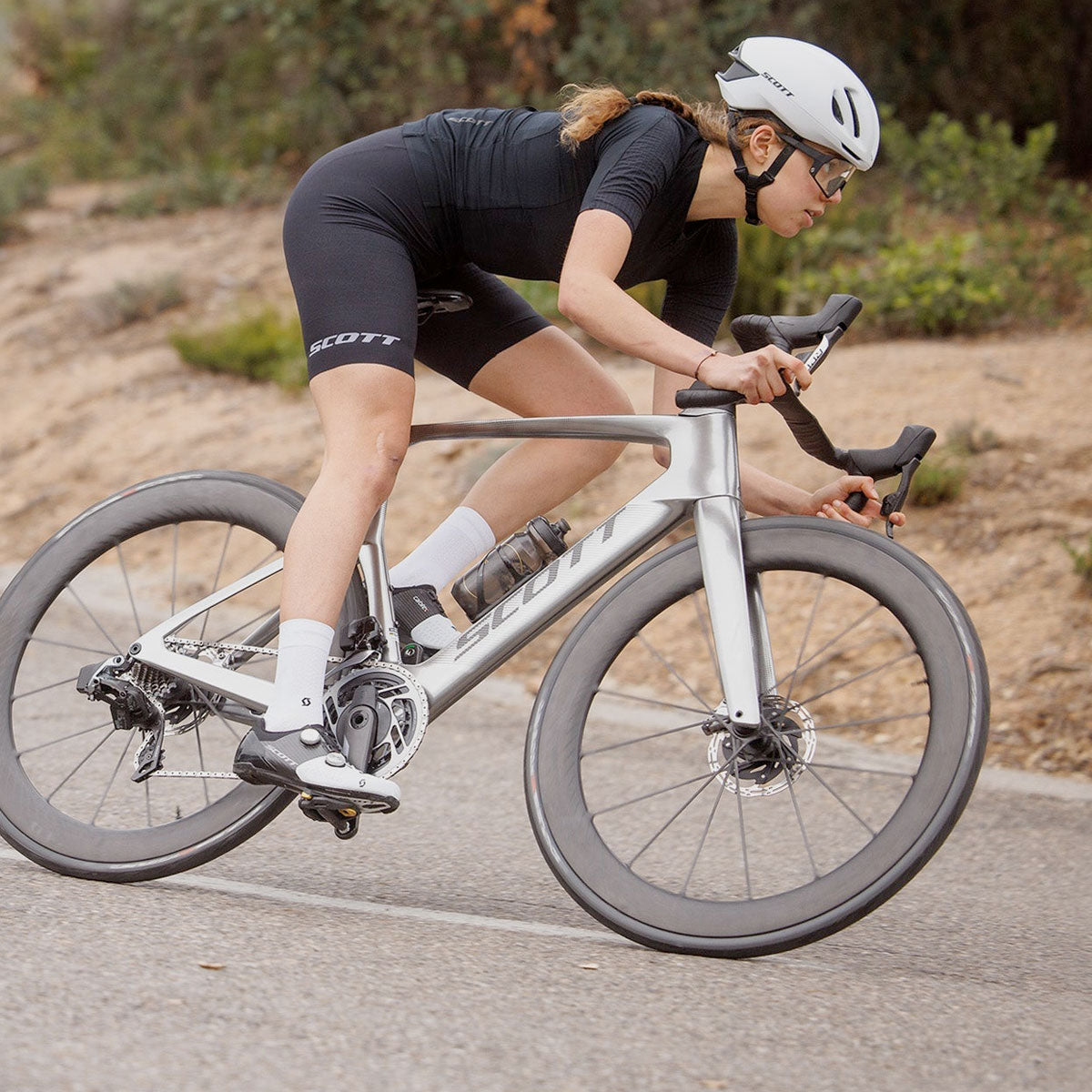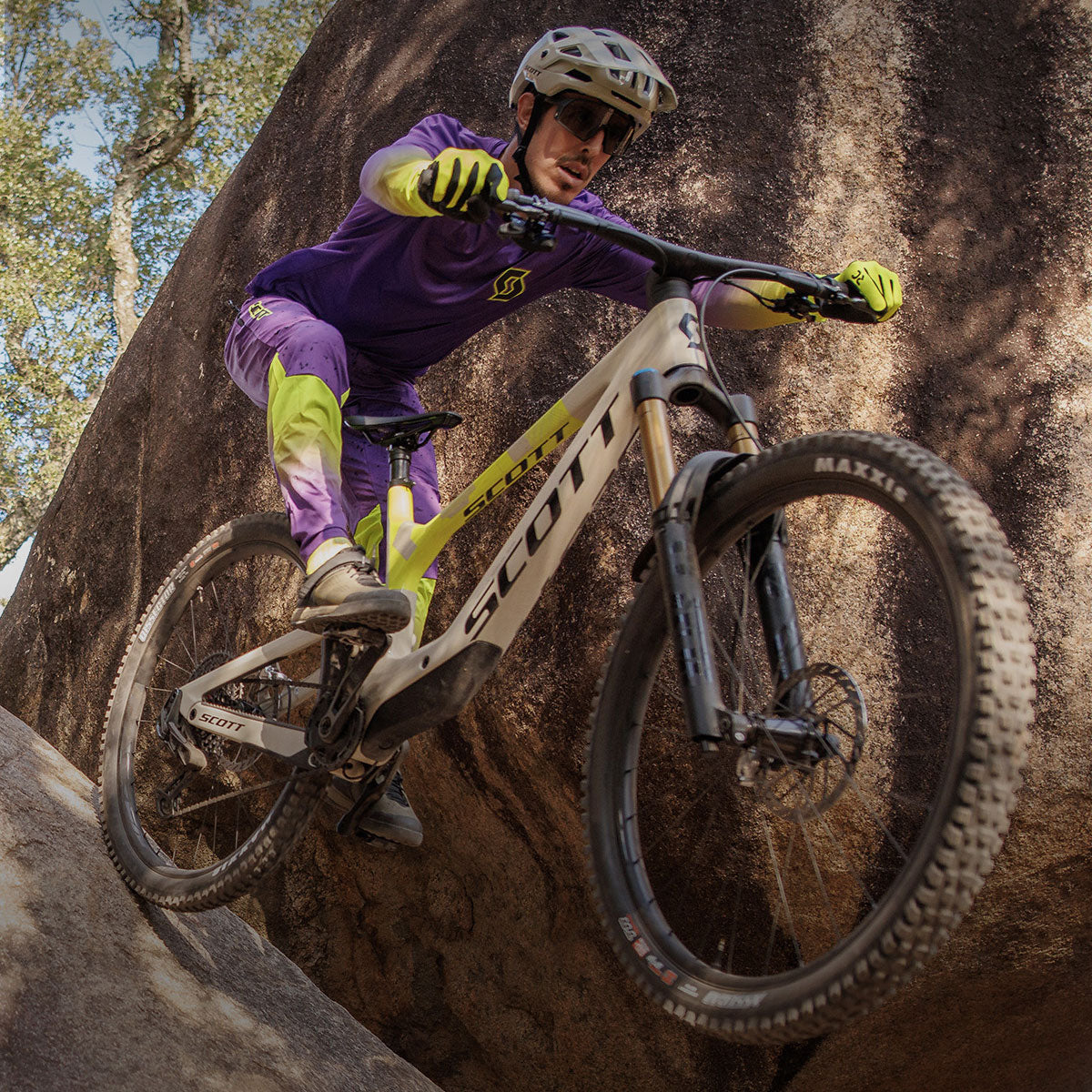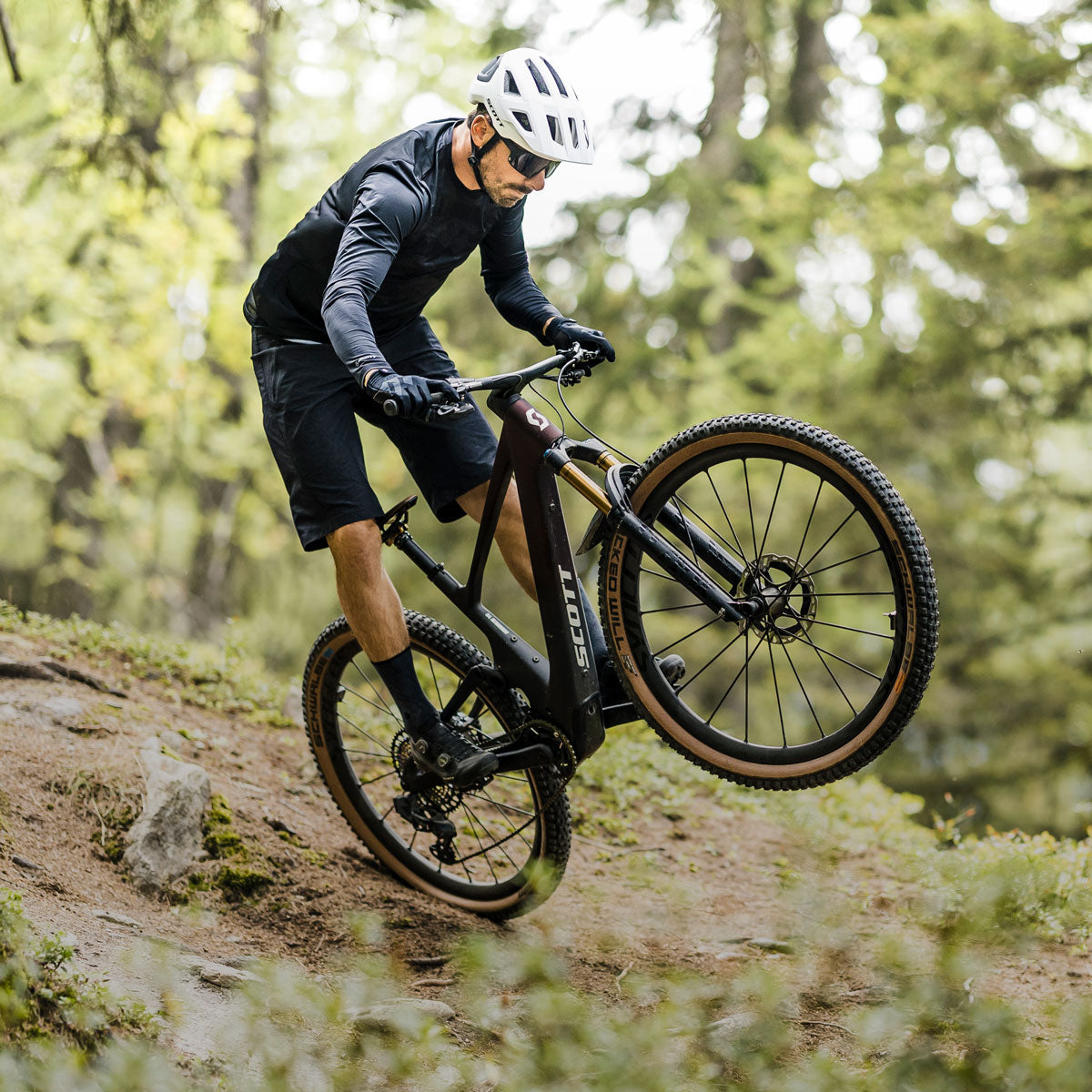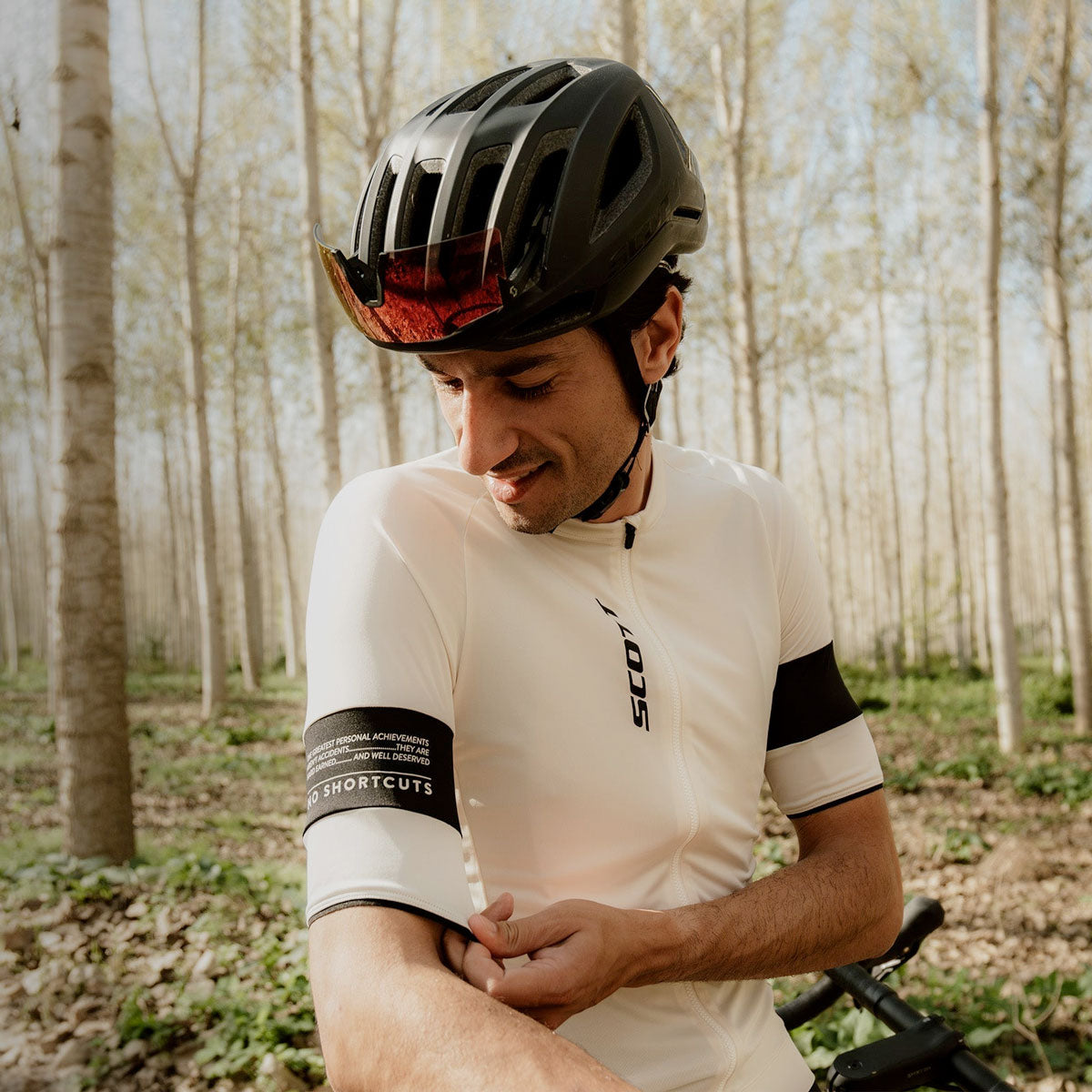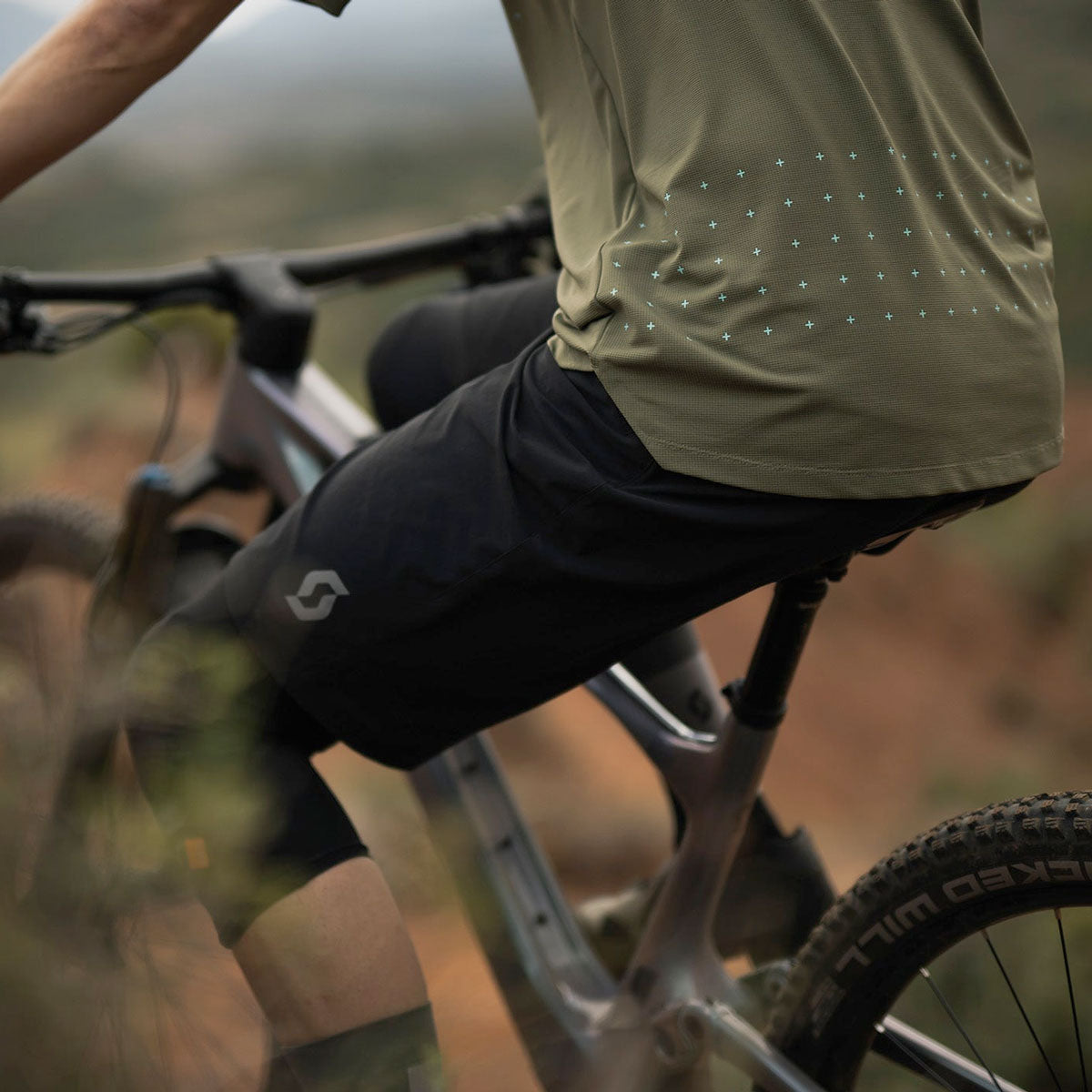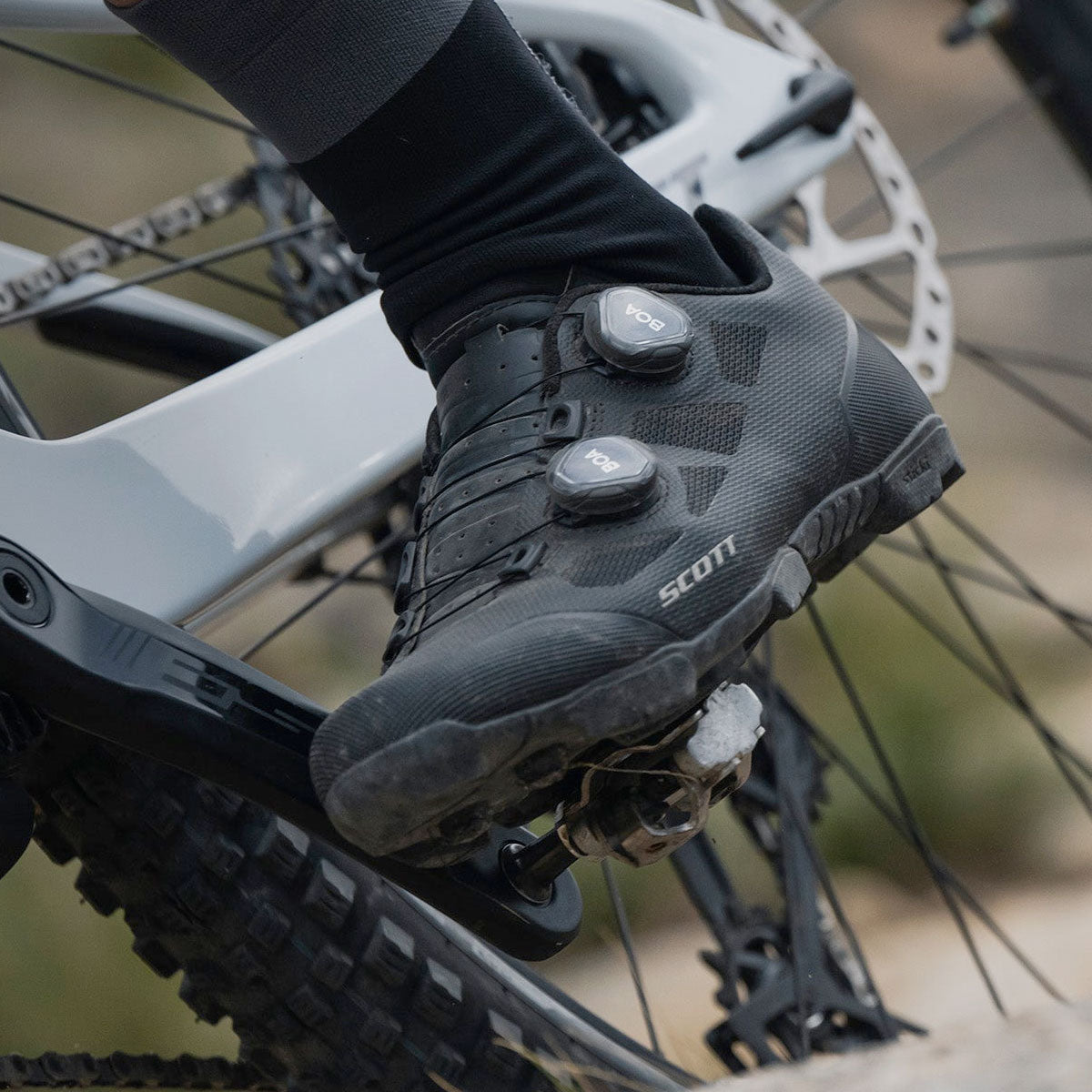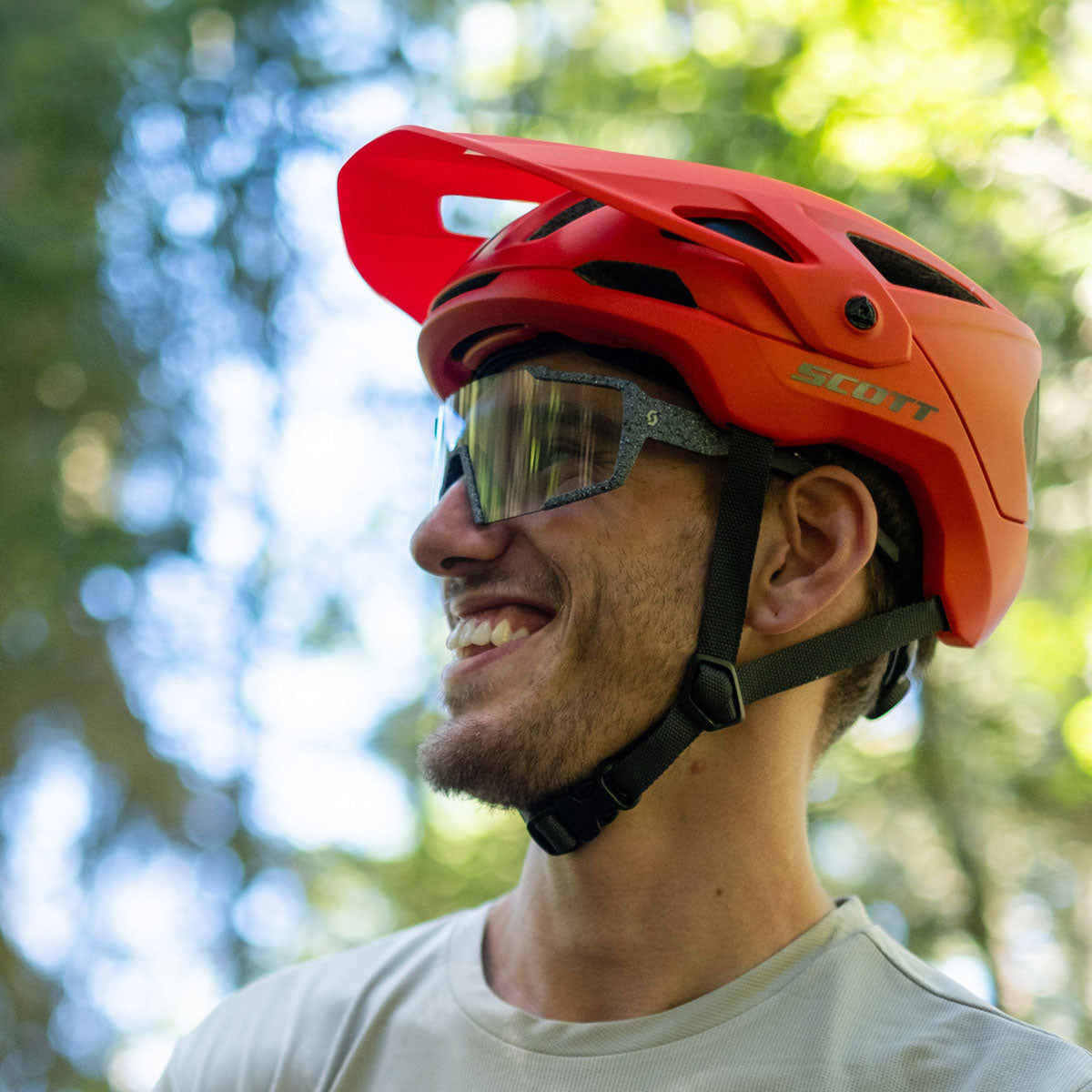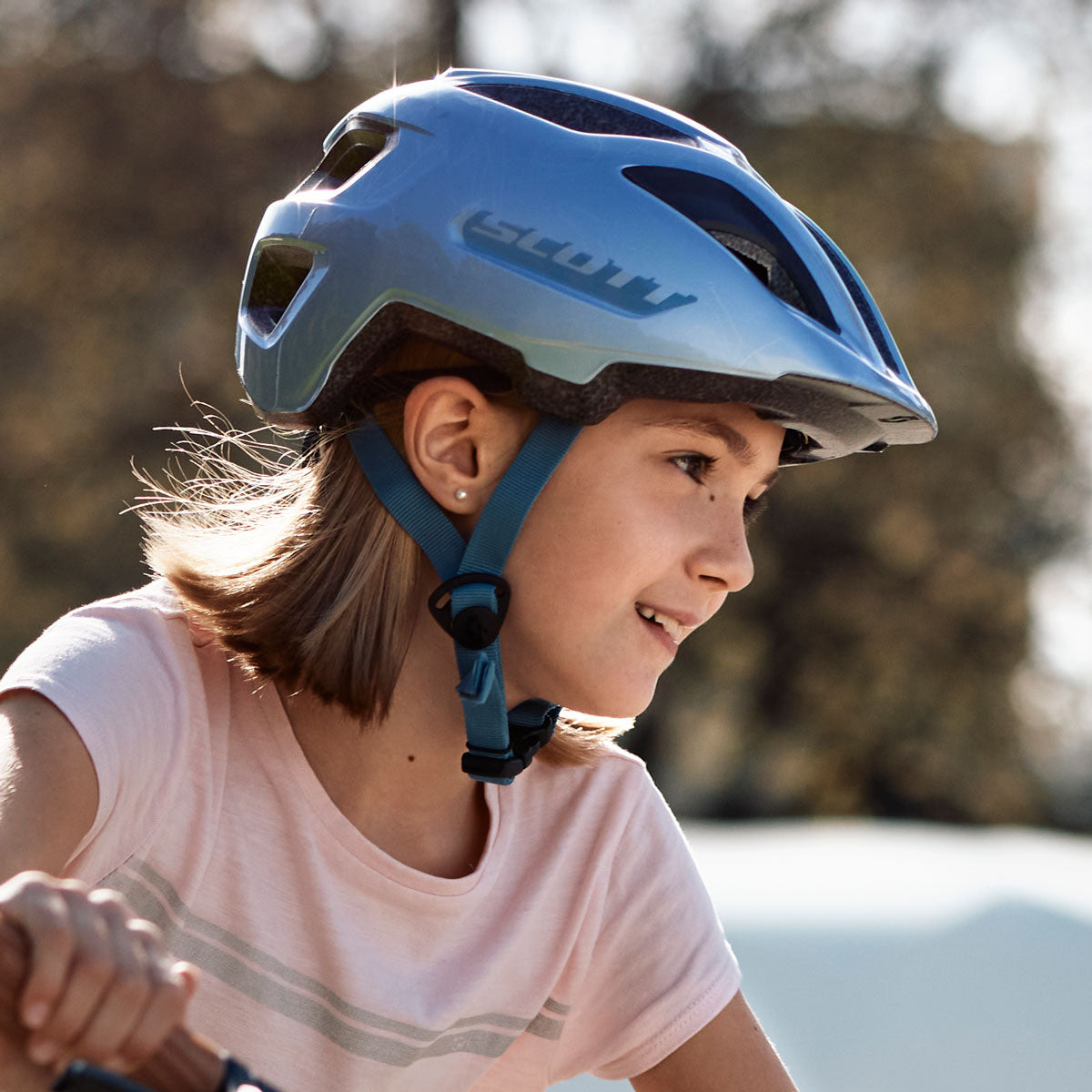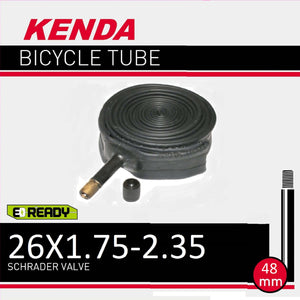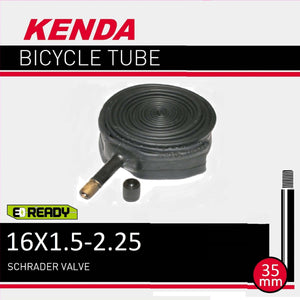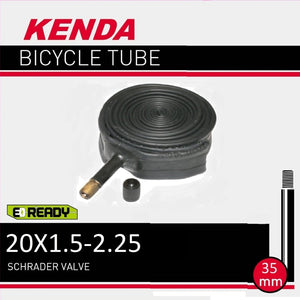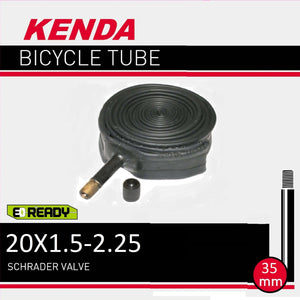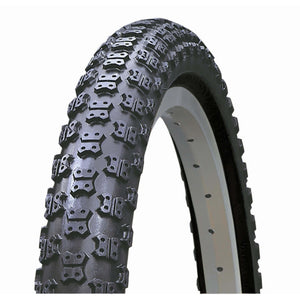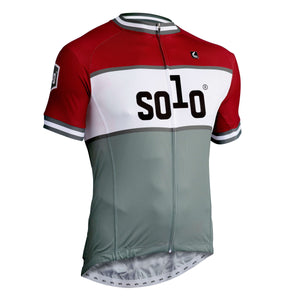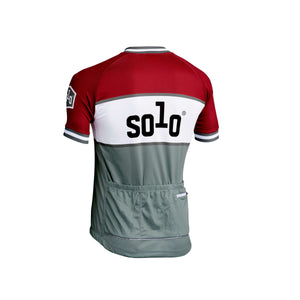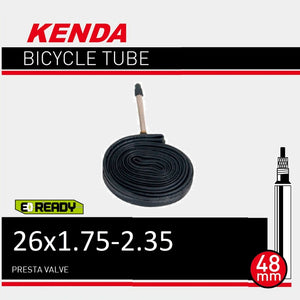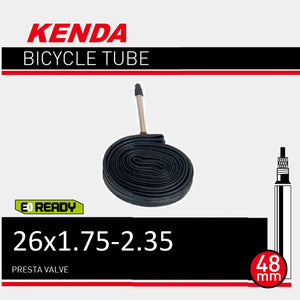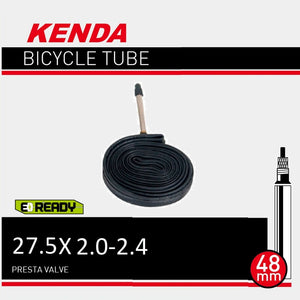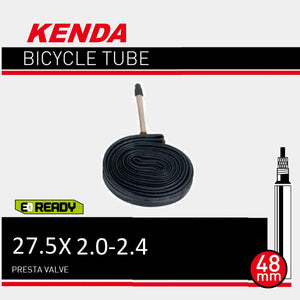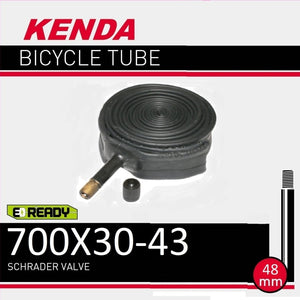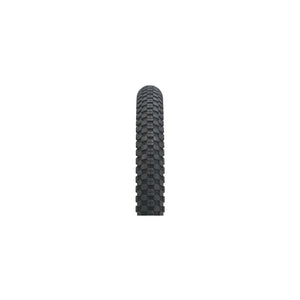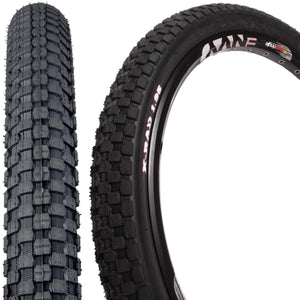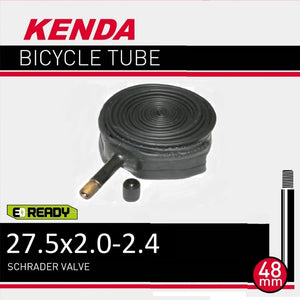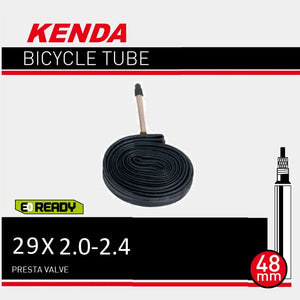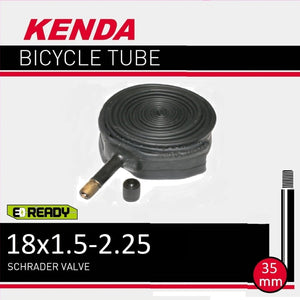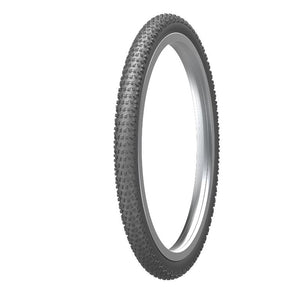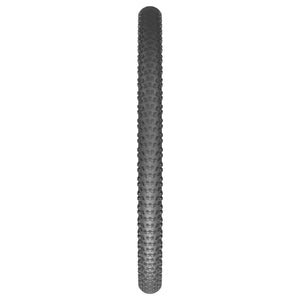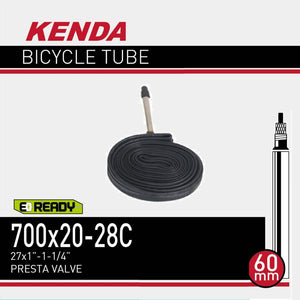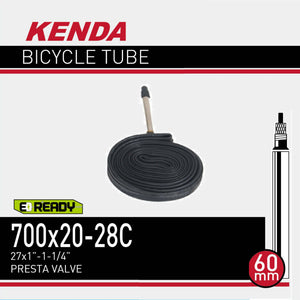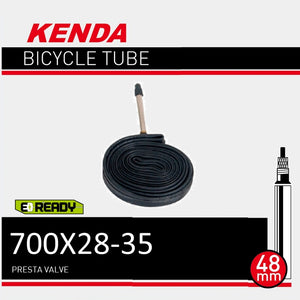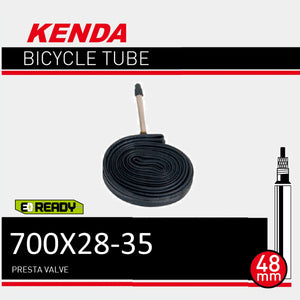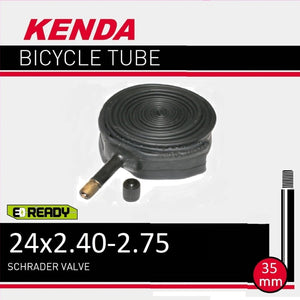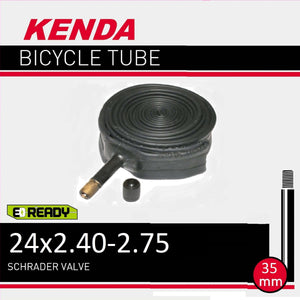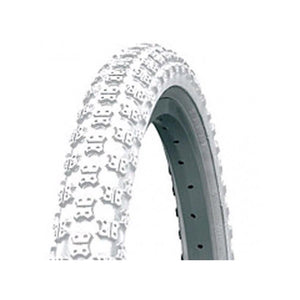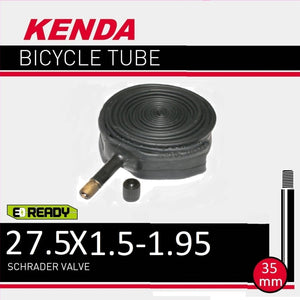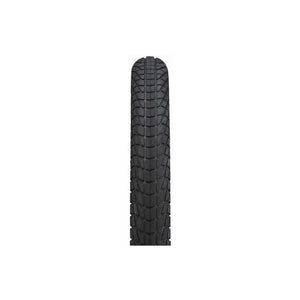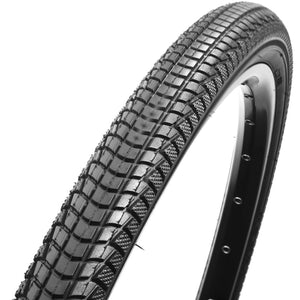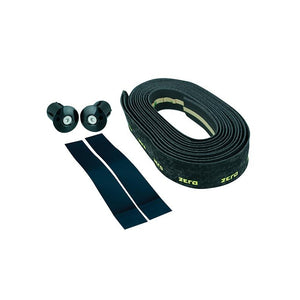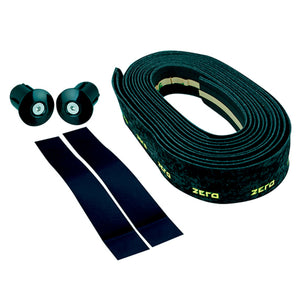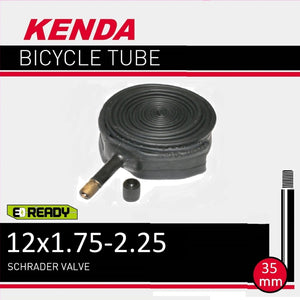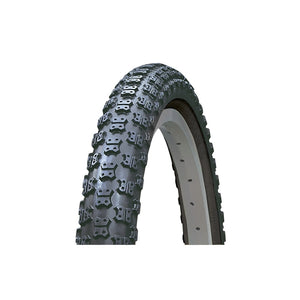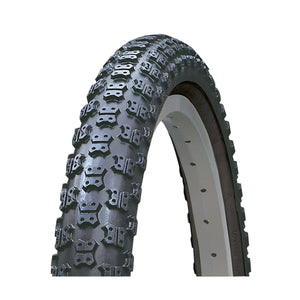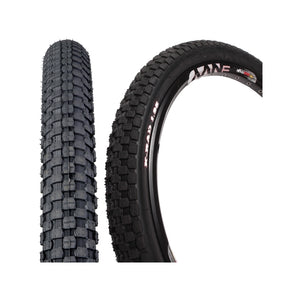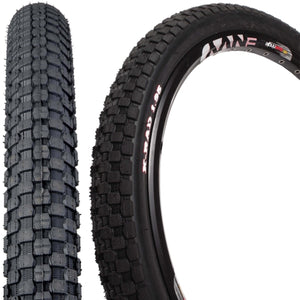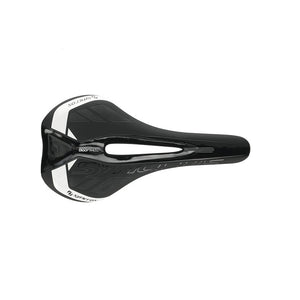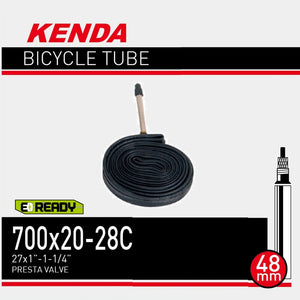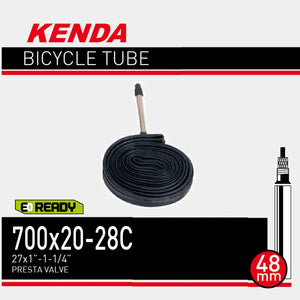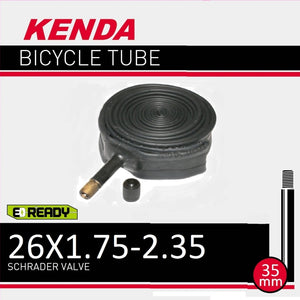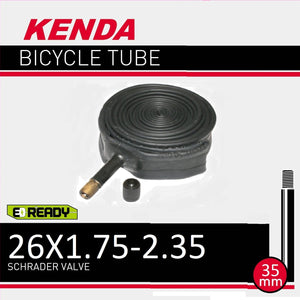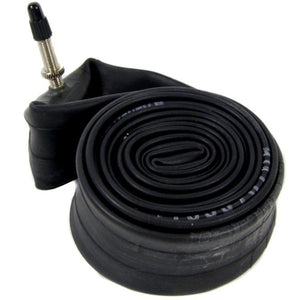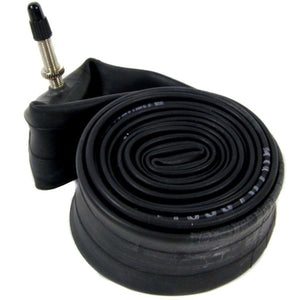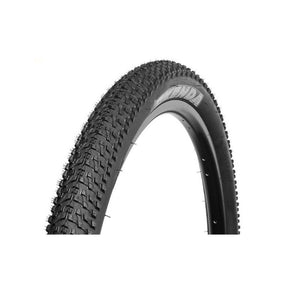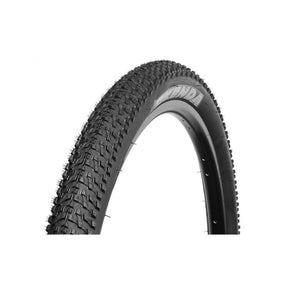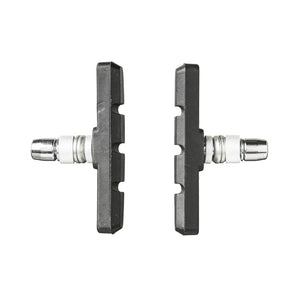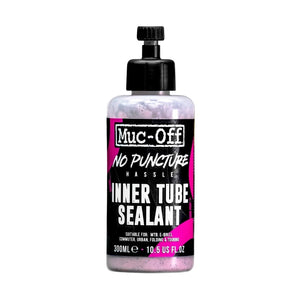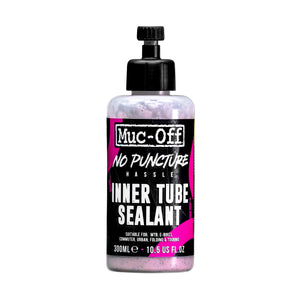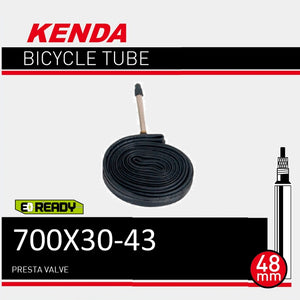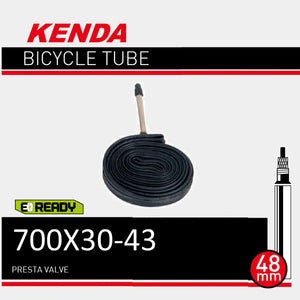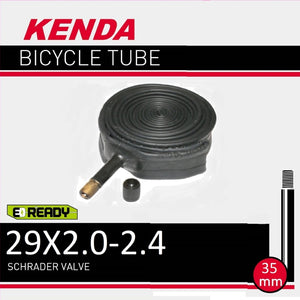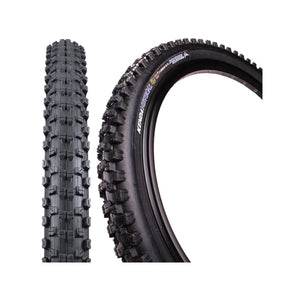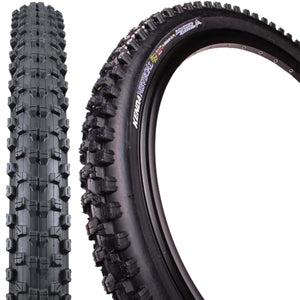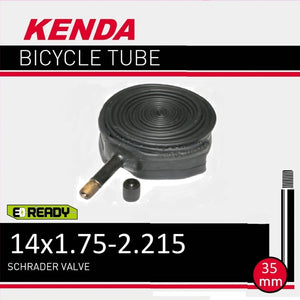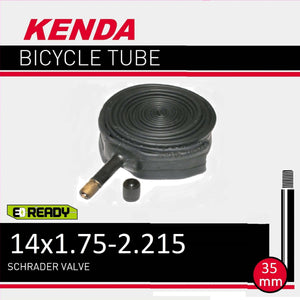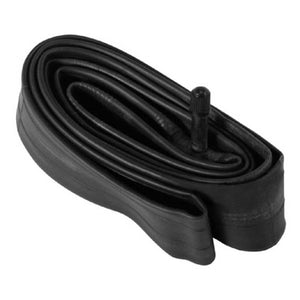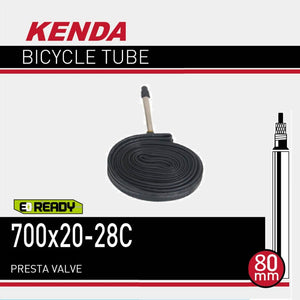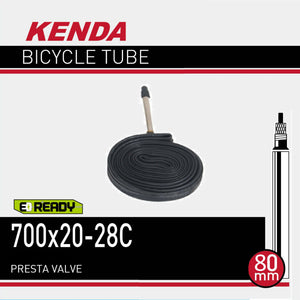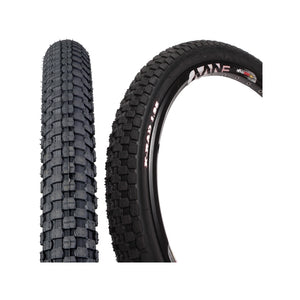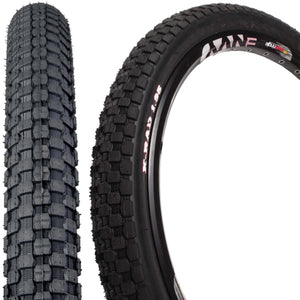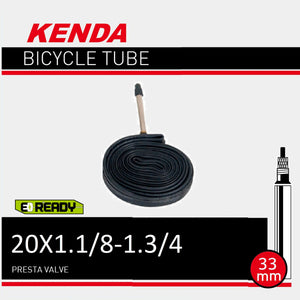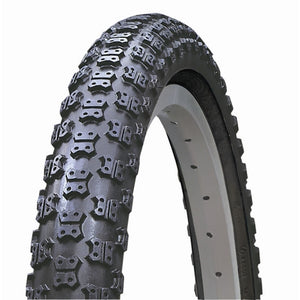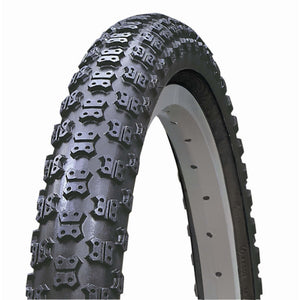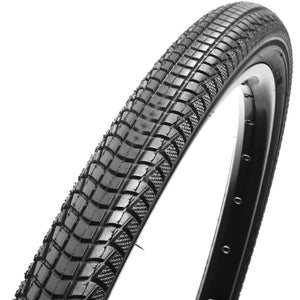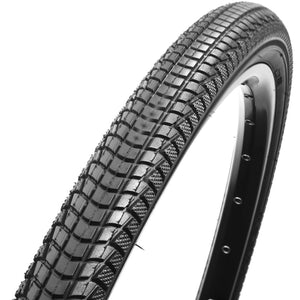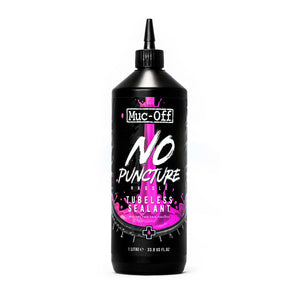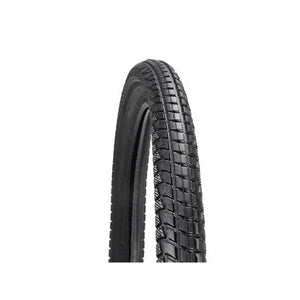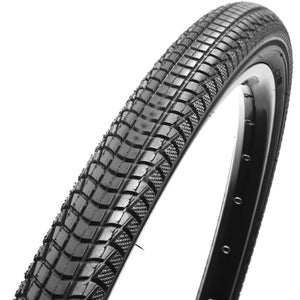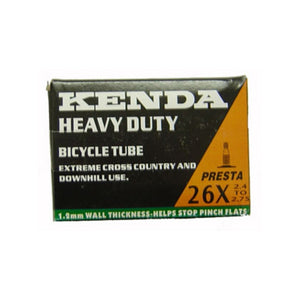FAQ’s
Have a question? We are here to help
Our My Ride team are experts on all things bikes!
Whether that is picking the perfect bike for your riding needs, completing your riding kit with parts and accessories, or ensuring your riding is running smoothly, our team have you covered.
We know you'll have questions, so have a look at our Frequently Asked Questions to help get you started.
test1. What are the different types of cycling cleats?
So you’re ready to move on from flat pedals to a clip-in pedal system. A clip-in system creates a direct and consistent connection between your foot and the pedal resulting in drastically improved pedalling efficiency. The two main clip-in or cleat systems can be split up into two categories; road and mountain bike. The mountain bike SPD system is a two-bolt cleat that is made from metal and is perfect for mountain bikers and all-terrain riding. They’re easier to clip into than traditional road pedals and are a lot more durable. These cleats won’t mind getting scrapped on some rocks, or a chuck of mud getting stuck in the pedal body. As well as being tough, they are easier to walk in because they’re-recessed cleats, which sit deep inside the shoe. The road SPD-SL systems cleat is made of a three-bolt plastic construction and wider platform allowing for more stable and efficient power transfer. Which is preferred by road and track cyclist. This system also offers an adjustable degree of float depending on which cleat you purchase 0 (red cleat), 2 (blue cleat), and 6 (yellow cleat) degree of side-to-side movement. As these cleats stick out of the bottom of your shoe and not recessed, one thing to consider is that they can be slippery and difficult to walk in.
2. How can I make my bike more comfortable for long rides?
To make your bike more comfortable for long rides, consider upgrading the saddle, handlebar tape, or pedals, or adding suspension, gel inserts, or other comfort-enhancing accessories.
3. How do I choose the right size bike tyre?
Choosing the right tyres for your bike depends on a number of factors. The first thing you need to know is your wheel size, for road bikes, hybrid bikes and gravel bikes, this will be 700c. If you're not sure, you'll be able to find the numbers printed on your existing tyres. The number will be written with the wheel size first, then an 'x' then the width. For example, a road bike tyre may have written on the side 700x28. 700 is the wheel size, and 28 is the width. For mountain bike tyres, these will also be printed on the size with the wheel size (in inches) coming first and the width of the tyre (in inches) coming second. For example, a mountain bike may have a tyre size of 29x2.2, this means it has 29 inch wheels and a tyre width of 2.2 inches. Depending on your frame you may be able to go wider or narrower tyres than what your bike came fitted with as standard, we'd recommend checking with your local My Ride store to find out which tyres will fit for sure.
WHAT SIZE BIKE TUBE SHOULD I BUY?
When determining what tube you require for your bike, you first need to know the type of valve on your rim. The two main types are Schrader and Presta valve. The Schrader valve is what is commonly seen on cheaper bikes and cars, while the presta valve is more commonly seen on middle to high end bikes and is sometimes referred to as French valve. Once you have worked out your valve type next you need to know your tyre circumference and width. The most common size on road bikes is 700c (29 inch) with widths varying from 23c, 25c, 28c, and 30c. While on mountain bikes the three main tyre circumferences are 26 inch, 27.5 inch, and 29 inch, with widths varying anywhere from 1.75 inch to 5 inch. If you’re not sure what type and size you need, reach out to your local MyRide store to find the correct tube for your bike.
WHAT SIZE TYRE DOES MY MOUNTAIN BIKE NEED?
Choosing the right tyres for your mountain bike depends on a number of factors. The first thing you need to know is your wheel size, for most mountain bikes this will either be 26 inch, 27.5 inch (also known as 650b) and 29 inch. Once you've determined your wheel size, you'll need to consider tyre width. A narrower tyre will be faster rolling but will often not provide the same kind of cornering grip as a wider tyre. Cross country riders will often use anywhere from a 2.0 inch width tyre to a 2.4 inch width tyre. All-mountain and enduro riders will often use anywhere from 2.3 inch to 2.6 inch width tyres. These are quite often fitted to longer travel dual suspension bikes. When determining your width, you may also want to consider what sort of terrain you'll be riding. If it's predominantly smooth singletrack or fire roads with few corners, a narrower tyre will be much faster rolling and better suited. This flatter terrain is often a popular choice for hardtail mountain bikes. For technical terrain with lots of corners and obstacles a wider tyre may be selected for improved cornering grip and predictability.
HOW DO I KNOW IF MY CHAIN IS WORN?
Knowing when to replace your bike chain is an important aspect of your bicycle maintenance and will help extend the life of your drivetrain. As your chain starts to wear, elongation will occur between the links. The most common agreed upon rule is once 1 percent elongation between links has occurred it’s time to replace your chain. There are multiple way to measure the wear of your chain. The most common is the use of a tool called a chain checker, like a rule but has a hooked end that slots into the a link in the chain, and at the other end has a pointed end that then tries to slot into the end of a chain. If it doesn’t go in, your chain isn’t worn yet, and if it slots in easily between the links, this indicates your chain is worn and due for replacement.
HOW DO I KNOW WHICH CHAIN IS FOR MY BIKE?
Selecting the correct bike chain is critical for proper function of your drivetrain. If you’re using a bike with a derailleur, the number of cogs on the rear hub will determine the chain you will need. Chains come in single speed, 5/6/7 speed, 8 speed, 9 speed, 10 speed, 11 speed and 12 speed. We'd recommend checking with your local My Ride store to find out which chain is for your bike.
4. How do I know which chain is for my bike?
Selecting the correct bike chain is critical for proper function of your drivetrain. If you’re using a bike with a derailleur, the number of cogs on the rear hub will determine the chain you will need. Chains come in single speed, 5/6/7 speed, 8 speed, 9 speed, 10 speed, 11 speed and 12 speed. We'd recommend checking with your local My Ride store to find out which chain is for your bike.
5. How do I know which chain is for my bike?
Knowing when to replace your bike chain is an important aspect of your bicycle maintenance and will help extend the life of your drivetrain. As your chain starts to wear, elongation will occur between the links. The most common agreed upon rule is once 1 percent elongation between links has occurred it’s time to replace your chain. There are multiple way to measure the wear of your chain. The most common is the use of a tool called a chain checker, like a rule but has a hooked end that slots into the a link in the chain, and at the other end has a pointed end that then tries to slot into the end of a chain. If it doesn’t go in, your chain isn’t worn yet, and if it slots in easily between the links, this indicates your chain is worn and due for replacement.
